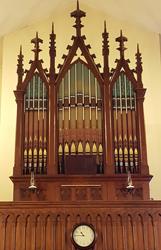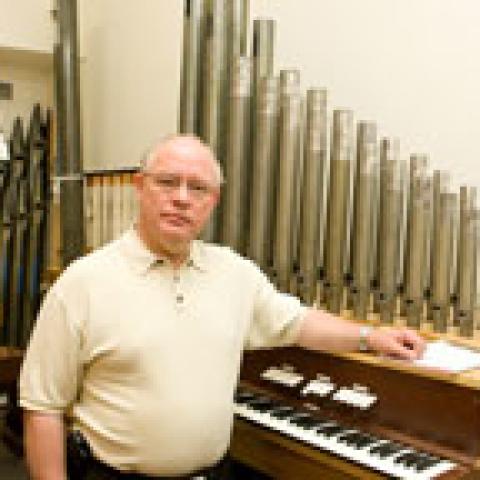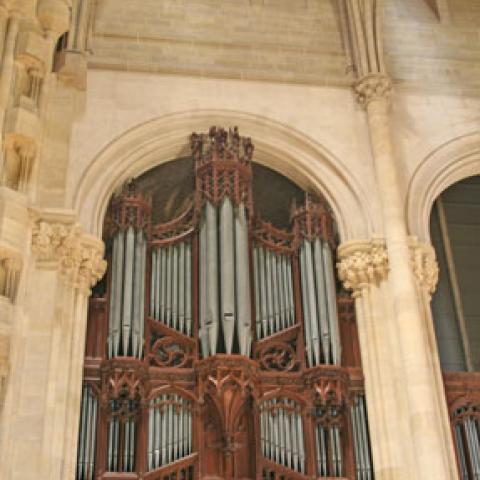
Quimby Pipe Organs, Inc., of Warrensville, Missouri, has restored the 1897 one-manual, nine-rank, mechanical-action pipe organ, built by J. G. Pfeffer Company of St. Louis for St. Thomas the Apostle Catholic Church of St. Thomas, Missouri.
The original hand-pumping mechanism, disconnected and stored long ago, has been restored, as well. The organ was used for the first time for weekend Masses, July 23–24. Kevin Vaughn will play a dedication recital on October 2.
For information: www.quimbypipeorgans.com.




